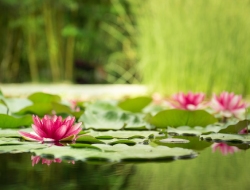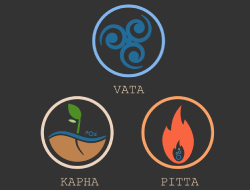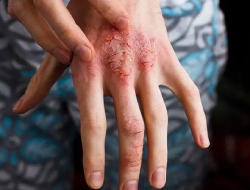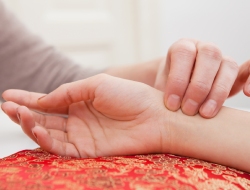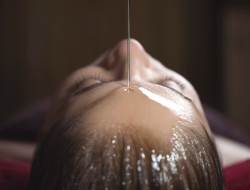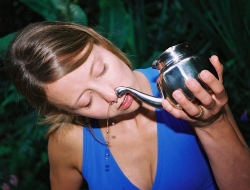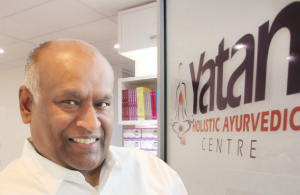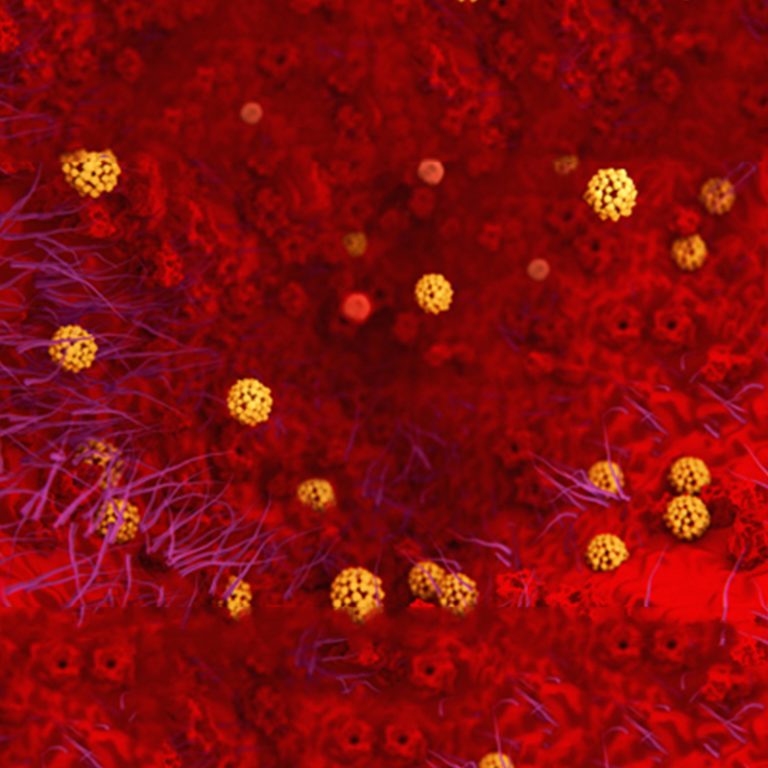The Ancient Detox Manual You Didn’t Know Existed!
Our bodies are like factories. Huge factories that work day and night to keep us alive and well-functioning. It is said that each human body is the equivalent of 65,000 acres of land — imagine how much work would need to be done to maintain and cater for it!

But factories also produce a lot of waste. They need to be cleaned, maintained and taken care of daily, otherwise, that waste might build up and cause problems and dysfunctions. As an analogy for the human body, this waste can translate to lymphatic congestion, weight gain, internal blockages — even disease.
Think of how you take care of your car. You wash it, clean it, put gas in the tank, repair it when needed, and get it serviced once a year. You do this because the car comes with a manual, or maybe you were taught about basic car mechanics when you were studying for your driver’s license. Either way, the processes of car care and maintenance have been common knowledge for as long as cars have existed! Anyone can access this knowledge, evenly the completely unexperienced driver.
But there is no manual on how to take care of your body, health and wellbeing in the Western world. And unfortunately, the knowledge that is available is reserved for only the very few (doctors, nurses, and such), to the point that it may even be illegal to treat yourself or another person if you are unlicensed or unregistered by an official awarding body or organisation.
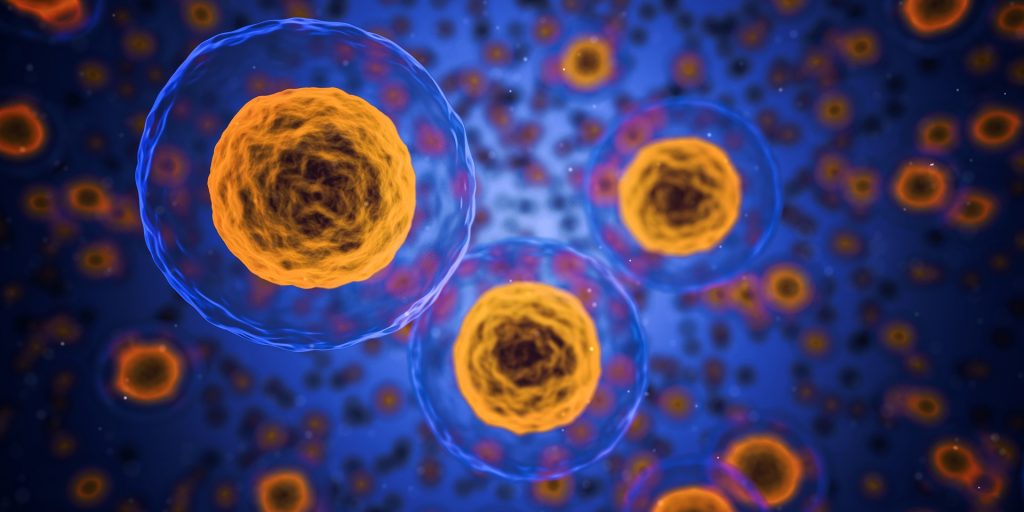
So what can you do on your own? Unsurprisingly, many people do very little until it’s too late. They simply ignore the waste and toxins building up in their system, then visit the doctor or rush to the ER unit when the damage has been done. If your car breaks down, you may be able to repair it or at worse simply buy a new one if the damage is irreversible. But you can’t buy a new body or life!
Thankfully, there is one ancient manual on health, care, maintenance and detox for the human body that is available to all those who seek it out. It is known as Ayurveda.
What Do We Mean by Detox?
Detox is a term that may mean different things to different people. The term may often be used interchangeably with “cleanse” and “purification”.
According to the Cambridge Dictionary, detoxification is:
The process of removing harmful chemicals from something.
That is quite the oversimplification, isn’t it? But this is exactly how people in the West view the detox process – an experience that only relieves something or someone or harmful chemicals. Many people don’t understand that this is simply a means to jumpstarting your overall health inside-out and healing your entire system.
So how do toxins and harmful chemicals get into the body in the first place? The main culprits behind toxicity are:
- Environmental pollutants
- Medications
- Sedentary lifestyle, lack of physical exercise
- Stress and anxiety
- Synthetic personal care and household products
- Chemotherapy
- Poor dieting habits

A toxic, waste-ridden system may express itself through these symptoms(please take them as warning signs):
- Digestive problems
- Prolonged fatigue
- Overproduction of mucus
- Generalised or localised pain that persists
- Chronic headaches or migraines
- Brain fog and lack of focus
- Sluggish metabolism
- Dry, cracked or irritated skin
- Skin discolouration
- Dandruff and flaky skin
- Dark or frothy urine
- Puffiness, bloating and/or oedema
- Increased water retention
- Weight gain or loss
- Swollen glands
- Cold hands and feet
- Cellulite
- Impaired hearing
- Loss of smell or taste
- Chronic nasal congestion or sinusitis
- Allergies
- White or yellow-coated tongue
- Yellow colour in eyes
- Recurrent yeast or bacterial infections
- Dehydration
- Depression and/or anxiety
So, what can be done if you notice one or more of these symptoms?
What Is a Detox Experience Like?
In the West, a detox can mean a lot of different things and they are each very straightforward and simple (most apply to everyone without personalisation). We tend to see the following popular versions of detox in the West:
- Detox diets
- Fasting
- Juicing or juice detox
- Liver detox
- Skin detox
- Hair detox
- Water detox
- Spa therapy
- Sun therapy (sunbathing)
- Colonic hydrotherapy
- Drug detox (rehab)
This list is a quite limited list compared to the various detox processes available in Eastern medicine.

And while the West defines detoxification as “the removal of harmful chemicals”, Eastern medicine defines it as a deep purification process that benefits the entire body, mind and spirit and the whole person on multiple levels.
A detox experience in the Western world may resemble more of a spa-like experience that can apply to anyone who books a session. It will focus on a particular part of the body or a particular method of detoxification.
A detox experience based on ancient healing modalities originating from the East will include more than just that:
- You may be asked for your medical history, your pulse will be checked, and various other examinations may need to be carried out prior to your appointment being set up.
- Your body, mind, emotions and spirit are perceived and treated as a whole. Nothing will be overlooked.
- A personalised plan will be given to you. It’s not a one-size-fits-all treatment.
- A series of sessions will be required to ensure the deepest possible healing effects and optimal, long-term results.
- Your data, your progress and your feedback will be paid attention to and analysed after each session.
- The final goal is not to achieve one result and leave, but attain overall rejuvenation and holistic healing which requires some time.
What’s more interesting, is that these ancient Eastern traditions also often come with health manuals! I will now present you with content from Ayurveda’s own detox manual.
Guidelines from the Ancient Detox Manual
Sometimes your health instinct may save your life. Other times, you may not be able to activate that instinct and thus require an actual guide to make sense of things.
In the ancient Vedic Texts, this detox guide is known as the Vedic System of Detoxification. It categorises detox into three parts: body, mind and soul/spirit.
Body Detox
Ayurveda is the process required for detoxifying the physical body. Practitioners also refer to this as gross cleaning. The following methods are recommended for purifying the body of ama (toxins):
- Panchakarma: This is a deep Ayurvedic purification and rejuvenation experience that includes detoxification processes like herbal steaming, abhyanga massage, ear candling, neti pot cleansing, liver detox, purgation and emesis.
- Kaya Kalpa: This is the dieting and/or fasting process based on the Ayurvedic principals of the doshas. Kaya Kalpa removes toxins from the body and renews the cells.
- Shank Prakshalana: This is organ-specific detox that may include one or more of the following:
- Colon detox: Detox of the colon. Vasthi (enema) is the most commonly used detox technique here, as it rapidly rids the colon walls of fats, toxins and all forms of waste.
- Eye detox: Detox of the eyes. Ideal for those who suffer from poor eyesight, conjunctivitis, dry eye syndrome and bloodshot eyes. Cleansing the retina through the use of oil treatments is a common eye detox method.
- Intestinal/Gut detox: Detox of the gut lining (small and large intestine). Through techniques like Vasthi along with dosha-specific herbal and dietary recommendations, this detox can help eliminate the most troubling digestive issues while also offering mental clarity and improved skin.
- Kidney detox: Detox of the kidneys and urinary tract. The treatment often involves herbal decoctions and liquids, which are meant to cleanse the entire pathway as they are excreted through the urethra and colon. Ideal for kidney stones and other dysfunctions.
- Liver detox: Detox of the liver and gall bladder. A great option for those suffering from hepatic congestion, fatty liver disease, gallstones and indigestion.Vasthi is often used in the process to rid the body of toxins through the feces.
- Lung detox: Detox of the lungs, airways, and upper respiratory system. Vamana (emesis) along with herbal treatments are commonly used in this upper tract detox, which is ideal for sufferers of asthma, COPD, chronic smoking and other breathing problems.
- Lymphatic detox: Detox of the lymphatic system, along with all arteries and veins.
- Reproductive detox: Detox of the genital organs (external and internal) and reproductive system. Ideal for women with endometriosis, PCOS, and uterine fibroids, or those seeking to get pregnant.
- Skin detox: Detox of the skin. In this form of detox, massage and steaming is most often used to stimulate and rejuvenate the skin, smoothen out wrinkles, and leave it soft and moisturised.
- Stomach detox: Detox of the stomach lining and the spleen. For these kinds of upper tract detoxes, Vamana(emesis) is most commonly used along with herbal prescriptions and dietary recommendations. Ideal for those with all kinds of digestive issues.
Mind Detox
Tantra is the process required for detoxifying the mind. Unlike what most people may think, Tantra is not all about sex. It is actually a deeper, karmic form of healing based on another healing manual, the Vigyan Bhairav Tantra. This guide features:
- 112 Tantric meditation methods (yuktis) that aid in detoxifying the mind of unwanted thoughts and finding one’s centre. Within the tome’s verses, you can find detox and healing practices such as:
- Breathing techniques
- Toxic mind meditations
- Kundalini practices
- Sound and mantra practices
- Working with the senses
- Heart healing techniques
- Connecting to the Universe
Soul Detox
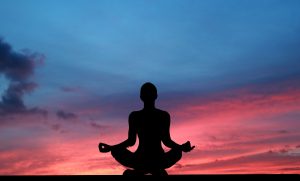
Yoga is the process required for detoxifying the soul or spirit. However, this must be practised sequentially after the Mind Detox. No matter what form of Yoga you practise, it can help you attain a deeper connection to the universe through self-realisation – so it goes beyond a simple physical exercise. Yoga Therapy for detox purposes can be practised through:
- Asanas(postures) that purify the organs and blood.
- Pranayamas(breathing techniques) that oxygenate the body and stimulate blood flow, thus enabling the detox process.
- Brahmacharya(self-control) which is the principal to follow to avoid excess and overindulgence – both of which are known to lead to toxification.
- Saucha(purity) which is the principal of cleanliness and a guideline for living a non-toxic lifestyle in every aspect.
As you can see, the guidance is all there. You simply need to take action!
Conclusion
Toxic build-up can be detrimental to your health. It may even be the reason you are suffering with pain, congestion, mind fog, and even disease. But the good news is that there is a way to work through it and rid yourself of the accumulated waste. The Vedic Texts offer all the guidance on detoxification you would need, but you should still consult an expert who is experienced on carrying out such processes prior to attempting anything on your own.
At our Yatan Holistic Ayurvedic Centre in Sydney we offer personalized detoxification treatment plans that suit your needs, body type and budget. It’s never too late to experience the benefits of Ayurveda, but it may be too risky to wait until your toxic overload leads to a full-blown disease.
Are you looking for an all-natural detox experience? Contact us today for a phone consultation or book an appointment online.
Disclaimer: This article is not intended to substitute medical advice. All information and resources referenced, including medicinal preparations, fitness, dietary and lifestyle recommendations, are based on the opinion of the author. Please consult a medical practitioner if you require advice or are experiencing any worrisome symptoms.

*Discover holistic healing with a complimentary phone or video consultation from our expert Ayurvedic practitioner. Start your path to better health today!*
